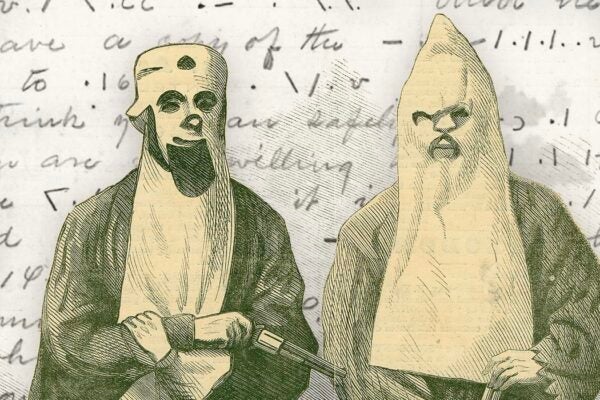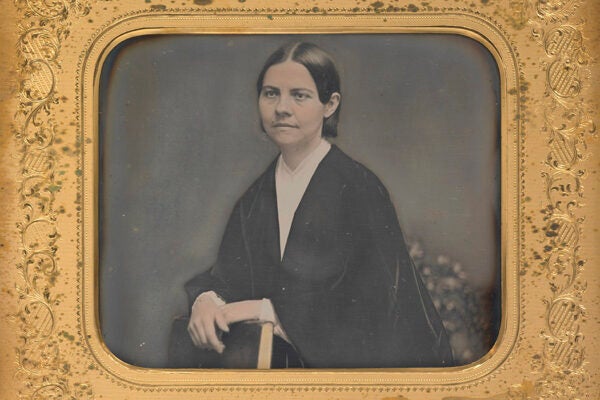In 1968, a group of female workers at the Ford plant in Dagenham, England, went on strike. They were machinists who sewed the car seats at the factory. A new wage structure introduced by the company in 1967 classified sewing machinists’ work as “unskilled,” or Grade C, which meant that women were earning only 85 percent of what unskilled men were paid. This was a downgrade of the previous scale, which had given women 92 percent of the unskilled male rate.
After pursuing their grievance through the company, the workers struck in May 1968. They were joined by machinists at the Ford plant in Liverpool. They were angry that their job had been classed as “unskilled,“ despite the level of experience it required. Ultimately, the three-week strike ended with a pay raise for the women and a promise of equal pay in the future.
Their campaign gained wide attention at the time (and solidarity work stoppages elsewhere in the country). It has been widely seen as a step forward for women in labor relations in the UK—and the strikers themselves have been cast as feminist campaigners.
In the last fifty years, the workers’ experience has been co-opted into the narrative of the feminist movement and advancement of women’s rights, and even polished into a motion picture, which overlooked their realities. Made in Dagenham, a 2010 movie which depicted the strike (and was then adapted into a West End Musical), has changed how the strike was seen in popular culture.
But as historian Jonathan Moss explains, though “the strike has become fixed in public understanding as a key point in the development of improved rights for women in Britain during the twentieth century…this was not necessarily how the sewing machinists had remembered it themselves”.
The striking women were supported by a labor union, which took over negotiations with Ford; the government intervened as well. The agreement was made to not negotiate over grading, which was the women’s original grievance (i.e., the sewing machinists would still be classed as “unskilled”), but to focus on equal pay; that is, that they should receive the same compensation as men in “unskilled” jobs. In the final deal, the women received a pay increase, with a promise of equal pay in the future. But the rate still only equaled that given to unskilled men.
In 2013, Moss interviewed several of the strikers, who rather than seeing themselves as heroic felt that the strike had ended in defeat. One worker, Gwen Davis, lamented that “we hadn’t got what we wanted… All they had given us was a rise. And not an equal pay rise, not equality.”
Some of Moss’s interviewees reflected on their disappointment. Shop steward Rose Boland, for one, believe the agreement was a failure, saying “although we did get more money, we did not gain the point, we won a battle but lost the war.”
Nonetheless, according to Moss, “the strike has become fixed in post-war historical narratives of women and work as a turning point.”
Some of women hadn’t wanted to end the strike, as the offered deal wasn’t what they’d asked for. Yet the strike has been reinterpreted as a proud campaign for equal pay and the women as campaigners for a feminist movement from which they were entirely disconnected. As Moss writes, “the women struggled to identify the strike as an epiphanic moment, or even a rupture with the past in the way that it has been understood culturally.”
Made in Dagenham glosses over the realities (it is, after all, a “feel good” movie), Moss points out. It presents the women as heroes but also denies their experiences. A fictional striker as the lead character speaks out at a union meeting for equal pay for women. But that’s not what the Dagenham women had demanded. As one of the strikers, Vera explained to Moss, “The money came into it, but it was the fact that they wouldn’t class us as skilled—That’s what we fought for, wasn’t it?”
Weekly Newsletter
For the women, the success of the film—and the attention it brought to them—was a surprise. One of the strikers, Sheila Douglas, considered their actions nothing special in a period defined by social movements and protests in the UK, Europe, and the United States.
“It was just another strike!” she thought at the time. Only looking back did she “realise how brave we were and how good we were.”
Sewing machinists’ work at Ford would not be regraded as “skilled” until 1984.







